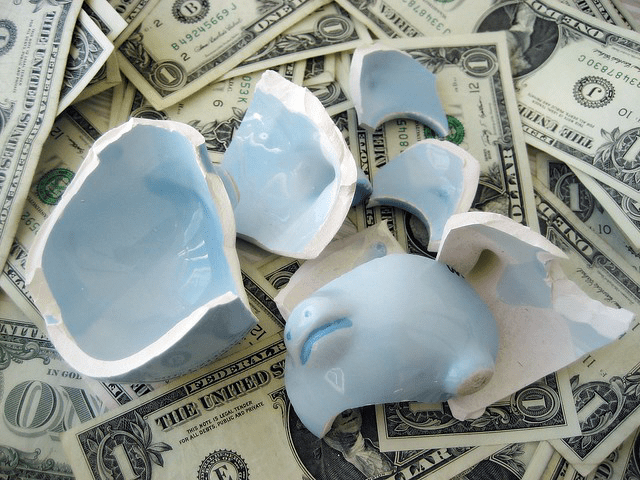On Thursday, the Texas House Ways and Means Committee met to consider several interim charges, including the scheduled ending of Chapter 313 of the Texas Tax Code—Texas’ corporate welfare scheme.
Chapter 313 allows local school districts to offer large tax breaks—for up to 10 years—to select enterprises, including renewable energy companies.
Notably, many of the unreliable wind farms that failed during the February 2021 winter storm were beneficiaries of the scheme.
Currently, Chapter 313 is set to expire at the end of 2022 following two failed attempts by the Republican-dominated Legislature to save the program during the 2021 legislative session.
Nevertheless, despite both Republican and Democrat Party platforms calling for an end to corporate welfare, Texas House Speaker Dade Phelan (R–Beaumont) has confirmed his support for Chapter 313 multiple times and said the Texas House will take a “long, hard look” at bringing it back.
The current argument for reinstating or replacing Chapter 313 was articulated by Dale Craymer, president of the Texas Taxpayers and Research Association: “Come January 1, we will have nothing [economic incentive] and that will create a huge competitive disadvantage to build in Texas relative to other states.”
Craymer claims that “if a company availed itself of the full benefit that chapter 312 and 313 offers, it would bring down their property tax bill for the lifespan of that project to just a little bit above the national average that they would pay in other states without any incentives.”
Spivey Paup, director of development for Austin-based solar developer Recurrent Energy, explained that due to previous legislation, any solar development can never depreciate below 20 percent of its initial value to calculate property tax value.
Thus, “[while a] 313 agreement does limit the value of a solar plant during the first 10 years of its operations, it doesn’t fall below that 20 percent of its value for the rest of its operational life. So for example, a $300 million solar plant, which is pretty typical now, would depreciate and remain at $60 million on the books for 40 years, providing a reliable revenue stream for local schools.”
However, those benefits to businesses and school districts exemplify the issues Texas taxpayers have with Chapter 313, since taxpayers bear the brunt of those subsidies.
“The governor, the city councilmen, county commissioners, and school board trustees can take money from Texas taxpayers and give it to politically connected businesses to programs like Chapter 313 without worrying about old-fashioned concepts like private property theft,” said Bill Peacock, policy director for the Huffines Liberty Foundation.
“By not renewing Chapter 313 or replacing it, the problems in Texas’ high property tax rates become more transparent, and those problems are significant,” said Peacock.
Texas’ effective commercial property tax rate is 2.25 percent. That’s significantly higher than the U.S. average—1.88 percent—and higher than major competitor states like North Carolina, Florida, and California.
Peacock asserts that ending Chapter 313 “is the right thing to do both ethically and economically” and that if the Legislature is truly concerned about high property taxes for businesses, they will “use the $25 billion budget surplus as a down payment on eliminating all school property taxes.”





